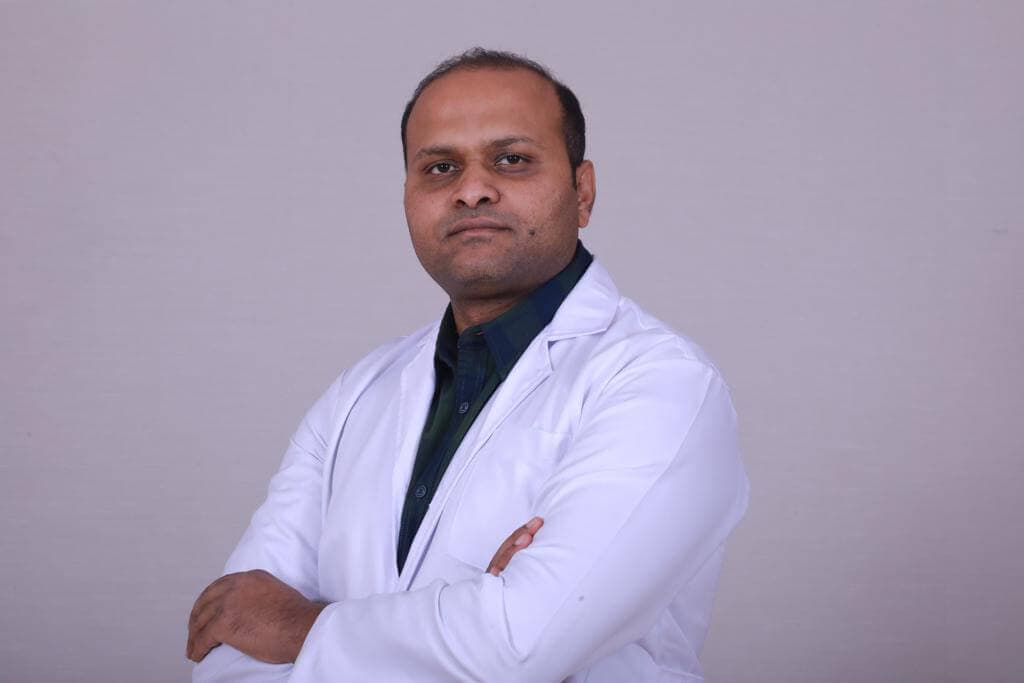TFCC Injury Protocol
What is hand surgery?
Hand surgery is the field of medicine that includes the investigation, preservation, and restoration by medical, surgical, and rehabilitative means of all structures of the upper extremity directly affecting the form and function of the hand and wrist.
Why visit a hand surgeon?
Hand is an unique part of a human body made up of complex arrangement of bone, tendons, muscles, nerves, blood vessels and skin. All the elements should be in good condition to achieve a functional hand. An injury or disease can affect any or all of these structures and impair the use of the hand. The Hand surgeon is a specialist with knowledge and experience who is capable to diagnose all hand and upper limb disorder and restore it to its original form. Not all condition require surgery and non- surgical methods like splint, therapy, injections and mediation are often recommended.
What are common symptoms in hand and upper limb?
- Pain
- Tingling or numbness affecting upper limb.
- Difficulty is performing daily task using hands.
- Any injury ranging from simple sprain to fracture.
